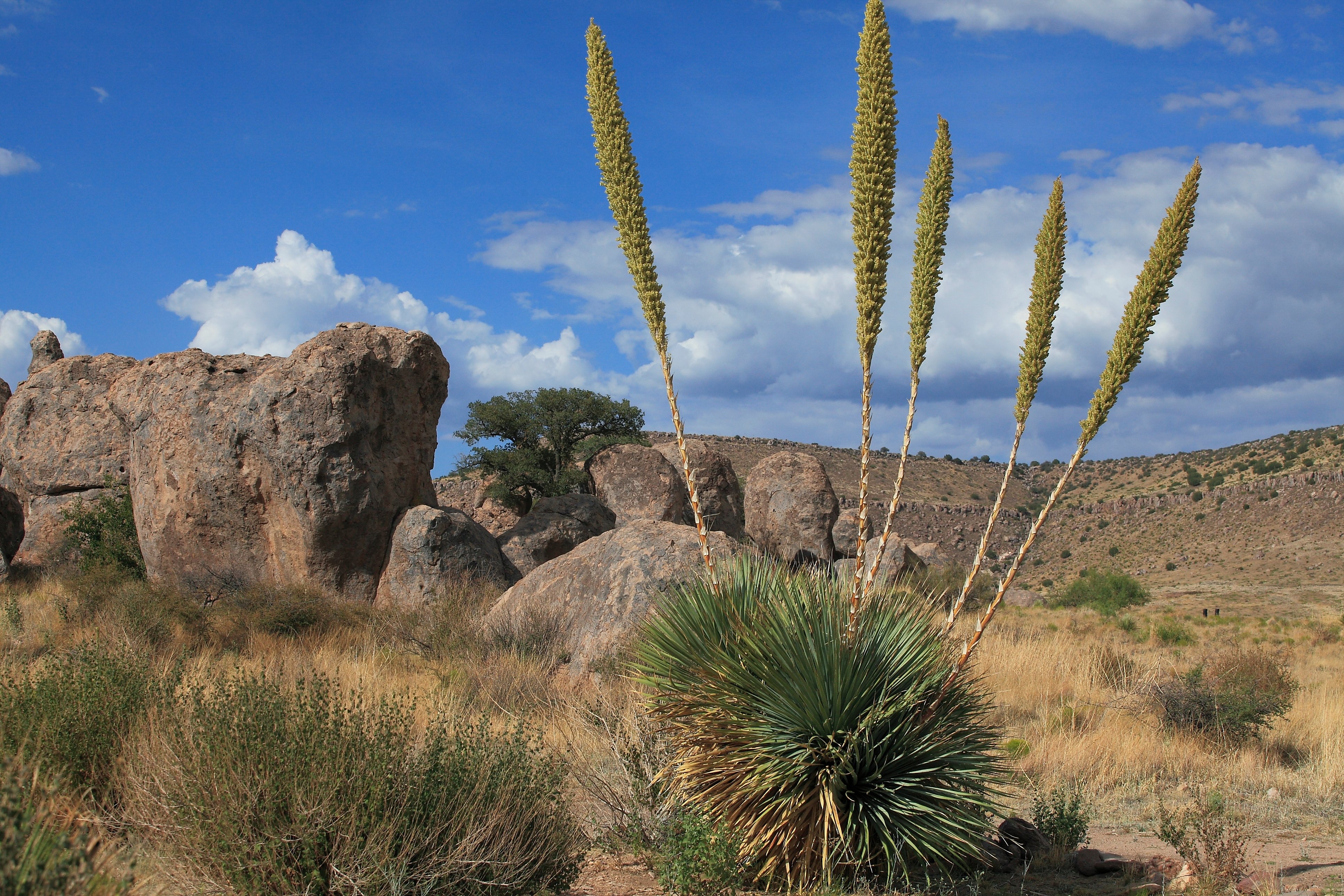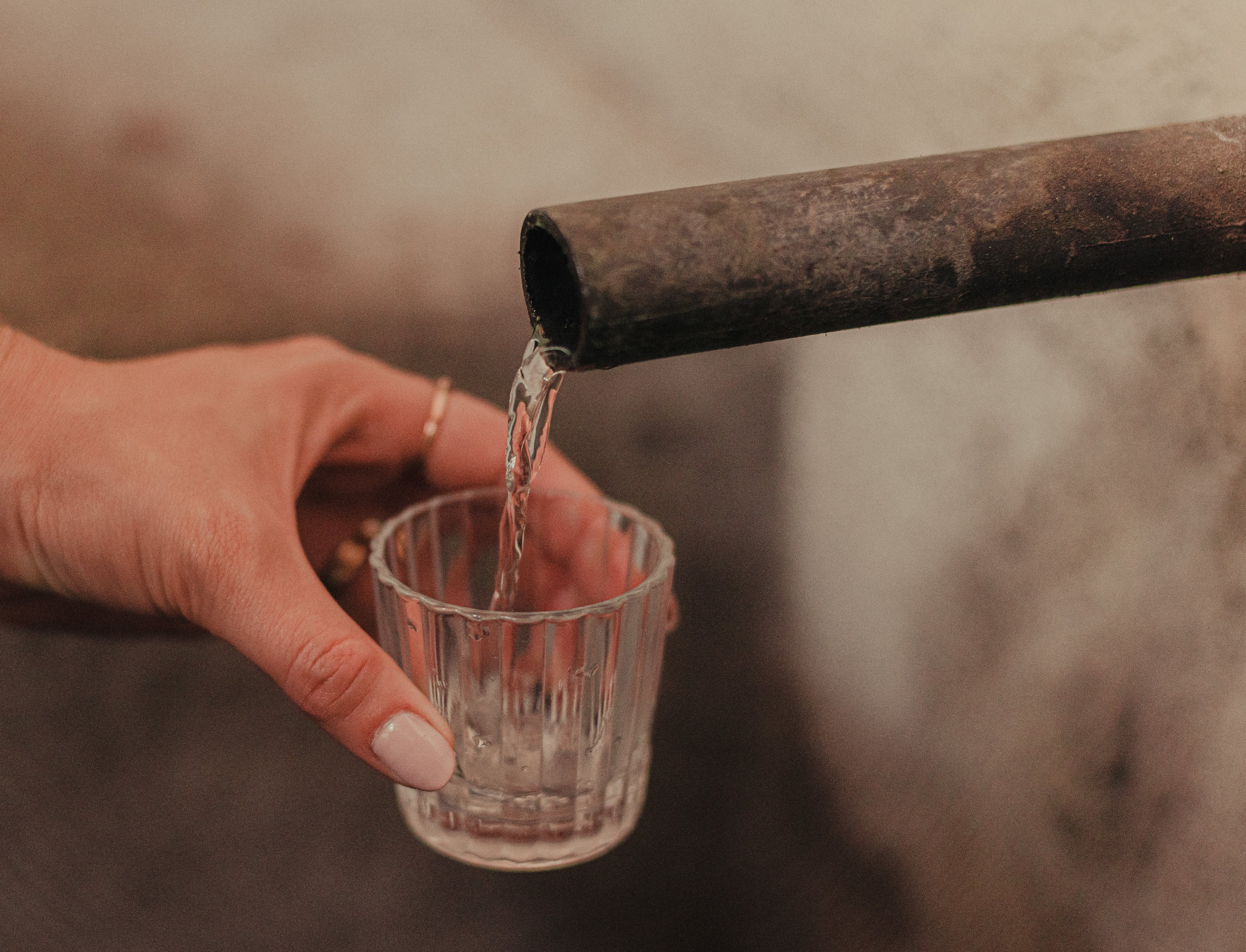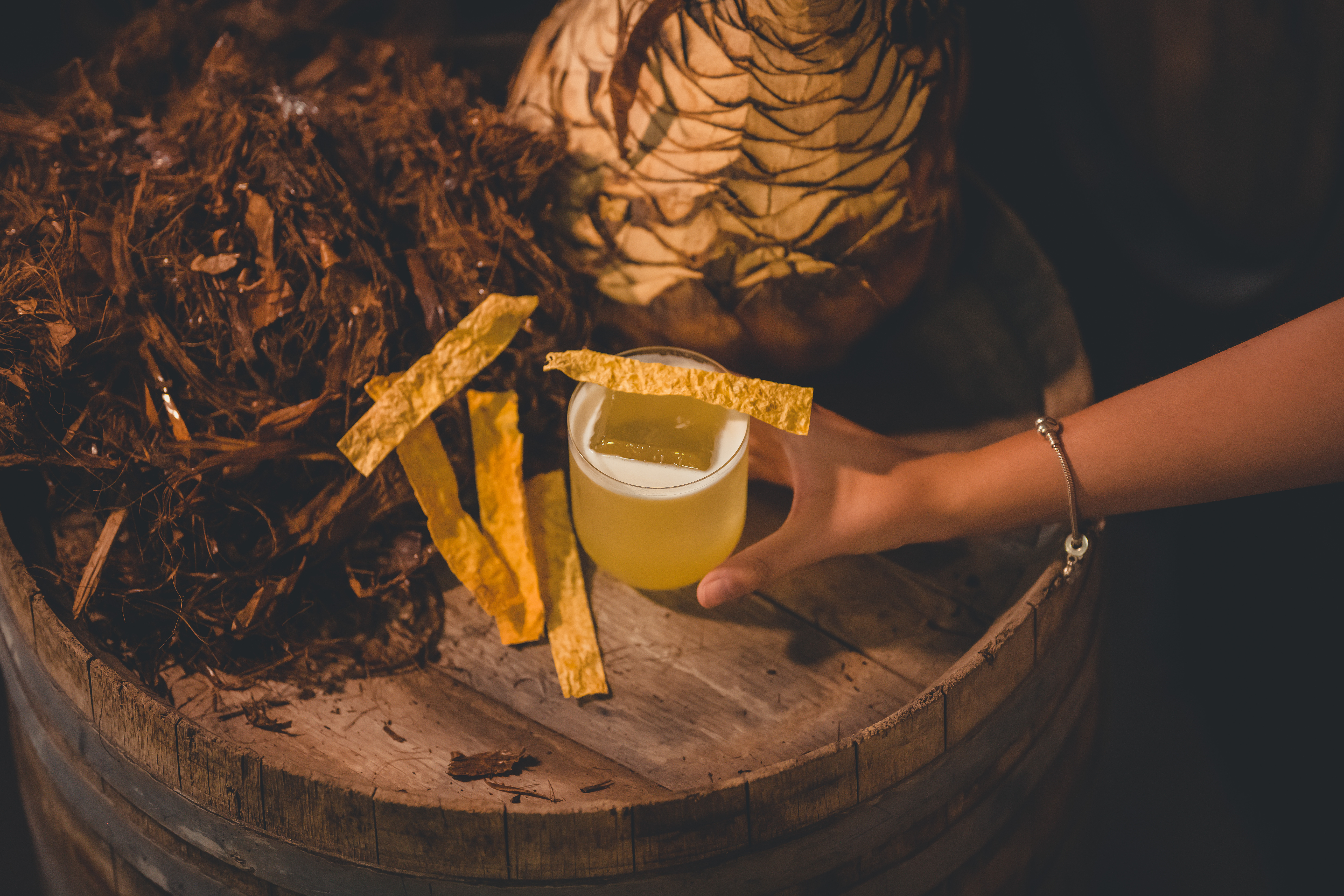There are more than 200 species of agave around the world with over 50 of them used to produce Mezcal — the overarching category that houses all other subcategories of agave-based spirits such as Tequila. But the Mezcal category expands beyond the typical bottles you’ll find on bar and retail shelves. Bacanora and Raicilla are both a type of Mezcal while fizzy, agave-based Pulque, which is derived from fermented sap, has the ABV power of a beer. And until recently, Sotol was included in this same category — albeit wrongfully. So what is Sotol and why has there been such an increase in its popularity in recent years? Let’s take a closer look at agave’s estranged cousin, learn its history, and how best to use it in bar programs.

What Is Sotol and Where Does It Come From?
Sourced from the Dasylirion Cactus, more commonly called Desert Spoon, that grows in the Chihuahua desert of northern Mexico, New Mexico, Arizona, and even west and central Texas, Sotol is produced in a manner similar to the more common artisanal Mezcals of Oaxaca.
“People frequently think it’s an agave distillate, but it’s not,” says Ivy Mix, co-owner of Brooklyn's Leyenda, speaking to Wine Enthusiast. “[The shrub] is closer to an evergreen plant than an agave.”

It’s true. Desert Spoon is not part of the agave genus. It more closely resembles the Yucca plant, which features long, spiny leaves.
The succulent grows wild which is likely one reason it’s flown under the radar for so long, whereas the Blue Weber Agave species that is used for Tequila is most often raised and cultivated for that very use. The plant thrives in both desert and forest environments and produces tall, flowering stalks that produce seeds. A given area can contain numerous plants which are still harvested in the wild and used to make Sotol.
Producing Sotol is more environmentally friendly than Mezcal and Tequila production. Unlike harvesting agave for Mezcal and Tequila, which requires digging the roots from the ground, the Desert Spoon is harvested leaving its roots intact, which gives it a greater lifespan (up to 100 years).
There are dozen of producers making quality Sotol, some of which can now be found stateside. Sotol is quickly becoming the spirit of Texas with producers such as Desert Door and Marfa Spirit Co. leading the charge.
What Does Sotol Taste Like?
Like agave, there are subspecies of Desert Spoon, too, which lends a variety of flavors or “terroir” to the spirits produced. Flavors like grassy vegetation, menthol and eucalyptus are common while some have a very fresh taste of mushrooms or pine. Arid climates produce more earth and spice giving way to leather, cacao and pepper notes. This wide range of characteristics makes it an intriguing spirit to work in to cocktail programs.
How is Sotol Made?
Sotol is produced in a similar method as Mezcal. After harvesting the plant, Sotoleros (sotol distillers) dig pits in the ground where they roast it in a conical oven using nearby firewood. This too can greatly affect the final aroma and flavor of the distillate. Oak can lend one element while Mesquite can amplify smokey compounds. After several days of roasting, the plant is milled into a pulp and pressed to extract the sap. The sap is then fermented in wooden vats for a week or so depending on climate conditions before it’s distilled using a copper or steel pot still.

Rustic and unscientific is an understatement. To achieve the desired alcohol level (typically around 100-proof or 50% ABV), Sotoleros pass the liquid through a cow horn multiple times to examine the “pearls” or tiny bubbles that appear. Most Sotol is then bottled un-aged while some are aged similar to Tequila as Reposados or Añejos.
How To Use Sotol In Cocktails
Because Sotol is so complex in flavor due to terroir, roasting, fermentation and distillation methods, it makes for a remarkably interesting spirit to incorporate into cocktails. Sotol can be drank neat, paired with a beer, or be used as a base spirit or in a supporting role in cocktails. Most often, it’s used as a substitute for Tequila or Mezcal in classic drinks. Let’s take a look at several cocktails using Sotol as a modifier or base spirit.

Looking to upgrade your cocktail menu? Download our guide to building better cocktail menus!
Naked In The Desert
Recipe as featured in Imbibe
A nod to Joaquín Simó’s Naked and Famous cocktail, produced while he was behind the bar at New York’s Death & Co., Naked In The Desert is credited to Diego Valencia from ARCA in Tulum, Mexico and swaps Del Maguay Chichicapa Mezcal for Sotol.
INGREDIENTS
- 3/4 oz. Sotol
- 3/4 oz. Aperol
- 3/4 oz. Yellow Chartreuse
- 3/4 oz. Fresh Lime Juice
DIRECTIONS
- Add all the ingredients to a shaker with ice.
- Shake well and strain into a rocks glass over fresh ice.
- Garnish with a grapefruit twist and six drops of Angostura bitters.
Eight Row Flint’s Ranch Water
Recipe as featured in PUNCH
Morgan Weber of Eight Row Flint created this citrus-forward version after discovering Ranch Water at a party in Marfa, Texas — swapping out Tequila for Sotol. It’s a refreshing, home version of what can be found on tap at the Houston-based bar.
INGREDIENTS
- 2 oz. Sotol (preferably Hacienda de Chihuahua Sotol Blanco), chilled in the freezer until extremely cold
- 1 oz. fresh lime juice
- 1/2 oz. lime oleo (see Editor's Note)
- 1 pinch salt
- Ice-cold Topo Chico sparkling mineral water
- Garnish: three fat grapefruit peels
DIRECTIONS
- Add sotol, fresh lime juice, lime oleo and salt to a Collins glass filled with ice.
- Stir until cold then gently fill the glass with ice-cold Topo Chico.
- Garnish with three fat grapefruit peels, first expressing the oil over the glass then gently tucking the peels down the sides of the glass.
EDITOR'S NOTE
- Lime Oleo:
Using a Y-peeler, remove the rinds (with as little pith as possible) from 8-10 limes. Put the lime rinds in a bowl and cover it with 2 1/2 cups of sugar. Let the mixture sit at room temperature overnight. Remove the peels from the sugar and discard. Add the sugar and one cup of water to a small pan. Bring to a boil over medium heat, stirring until the sugar is dissolved. Remove from heat and let cool before using. Kept in the refrigerator, this lime oleo will stay fresh for months.



Comments